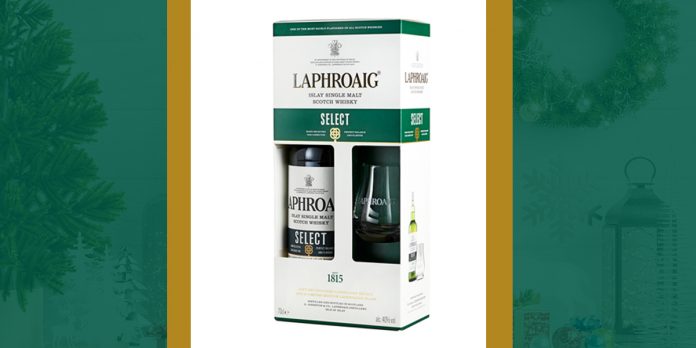It’s that time of the year folks! Every shop you enter is playing Boney M’s entire Christmas discography, the decorations are everywhere, and the cheesy movies are in full swing. But most importantly, the days are getting longer, the Amapiano is getting louder, and the permanent smell of braai is wafting through the air. Yes, South Africa, Dezemba is upon us.
Nothing quite captures Dezemba vibes like watching an African summer sunset with friends and sipping a top-quality Scotch – trust us. If you’re new to the world of whisky and don’t quite know how to navigate the Scotch aisle of your liquor store, don’t worry, we’re here to guide you through the process. You’ll thank us later, when your boss calls you out in the next team meeting for giving her the best end-of-year gift yet. Whether you’re buying it for yourself, a loved one, or to say thank you to an acquaintance, here are four important things to pay attention to when buying a bottle of Scotch.
Age
When it comes to Scotch, age is definitely not just a number. Ideally, you’ll want to focus on anything aged 10 years and above. While there are some great younger Scotches out there, they’re certainly more of a gamble. If you come across a bottle without an age statement, it’s usually between 3 and 9 years old and probably best to save for your own experimentation. For festive gift-giving purposes, a 10-year-old or older is the golden standard.
Type
The next thing you’re going to want to turn your attention to is the type of Scotch you’re investing in. There are five main categories of Scotch: single malt, blended malt, single grain, blended grain, and blended. We know it’s the end of the year and your brain may already be on holiday, but if you only remember one thing, it’s that if you want to wow someone, then single malt is key.
Generally, a single malt is regarded as the highest quality Scotch you can get, as it’s made from 100% malted barley from one single distillery.
As far as we’re concerned, that’s all you need to know, but to get into the details, a blended malt is still made from 100% malted barley but produced in two or more distilleries. In most instances, ‘grain’ refers to corn or wheat but is actually a general term for anything other than barley. As with malted whiskies, single grain Scotch comes from a single distillery and blended grain comes from more than one. A blended Scotch uses both barley and grain. Grain is cheaper to use than barley, so in a blended Scotch, a small amount of barley is added to the grain mix to give it a smoother finish.
Alcohol strength
Alcohol strength does more than just tell you how much of a punch the Scotch packs, it’s actually an indicator of whether the whisky has been watered down. Here, you’ll want to focus on whiskies that have a 51%+ alcohol by volume (ABV) rating, as this usually means they were bottled without adding extra water. This is called “cask strength”. If a whisky is between 40-50% ABV, water was added before the whisky was bottled, and more water means less flavour. A higher alcohol strength isn’t always an indicator of quality, but cask strength whisky tends to be consistently good. A watered-down end-of-year gift is even worse than soap on a rope, so only consider Scotch above 51% ABV.
Tasting notes
Tasting notes give you a good idea of what to expect in terms of flavour. The more details you have on these, the better. Whiskies that are labelled with the words “smoke” or “peat” offer a heavier, almost earthy flavour. Peated whiskies, like Laphroaig, are incredibly rich in flavour. This can be overwhelming to some, but it’s guaranteed to be an unforgettable experience and an unforgettable gift. For a Scotch that will get people talking, Laphroaig 10 Year Old is a worthy investment. It offers a surprising sweetness with hints of salt and layers of peatiness that will truly take someone’s breath away.
keDezemba vibes wouldn’t be complete without a quality drink in hand. If you’re looking for something that will knock the slops off everyone this festive season, you can’t go wrong with a smoky, peaty, punch-you-in-the-face-with-flavour bottle of Scotch, like Laphroaig.






